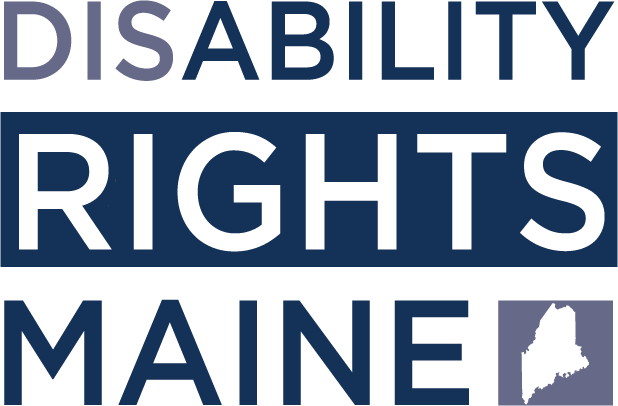The 2024 Presidential Election is six months away! There are two exciting updates from the U.S. Department of Justice that strengthen access to voting and voting information for people with disabilities.
For the first time in 10 years, the U.S. Department of Justice updated guidance about how the ADA applies to voters with disabilities. The guidance makes explicitly clear that all aspects of the voting process must be accessible to individuals with disabilities.
Highlights of the guidance:
- Individuals with intellectual disabilities, mental health disabilities, and those under guardianship cannot be “categorically disqualified” from voting. These individuals cannot be held to a higher standard for demonstrating the capacity to vote.
- All physical aspects of a polling place must be ADA compliant.
- Curbside voting for individuals with disabilities is only permissible under limited circumstances. If curbside voting is organized for individuals with disabilities, there must be proper signage, equal access to individuals campaigning outside the polling place, a quick response by election officials, and access to the Accessible Voting System.
- Polling places must provide reasonable modifications to voters with disabilities. For example, for a voter who has trouble standing for long periods of time, a chair can be provided for them to sit in while they wait in line.
- Strengthens communication guidance aimed to accommodate deaf and hard of hearing voters.
- Recommends that municipalities train election workers prior to every election on interacting with voters with disabilities.
In addition to recent guidance on election accessibility, the DOJ also published a new rule regarding digital accessibility. All government entities and organizations they contract with, will be required to have their web content and digital apps accessible by 2027. This rule applies to local and state governments, election offices, public schools, law enforcement agencies, courts, public hospitals and healthcare clinics, public parks/recreation departments, public libraries, and public transit programs.
For individuals who are blind and visually impaired, inaccessible content can limit their participation in their community and detract from their knowledge of important events. This rule ensures individuals with print disabilities will soon have equal digital access.
To learn more about these rules, check out the resources below! Don’t forget to make your voting plan for the Presidential Election!
